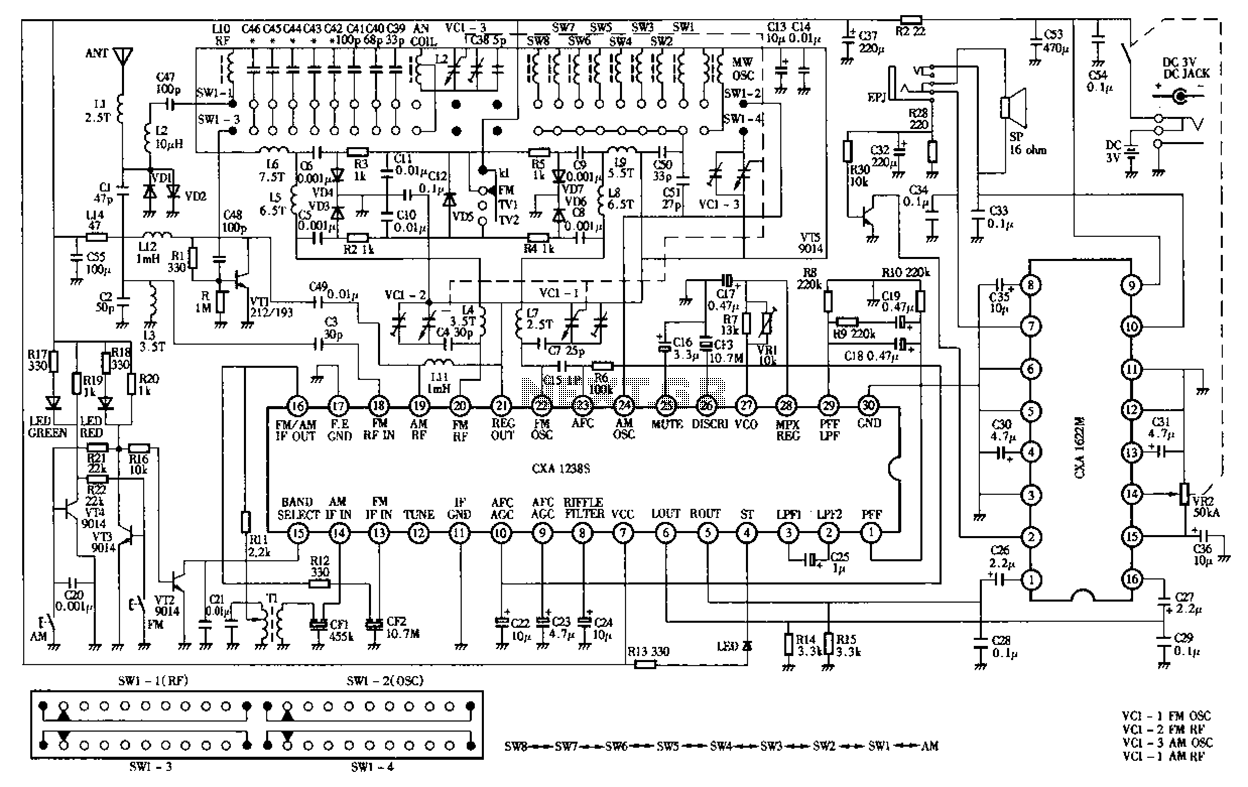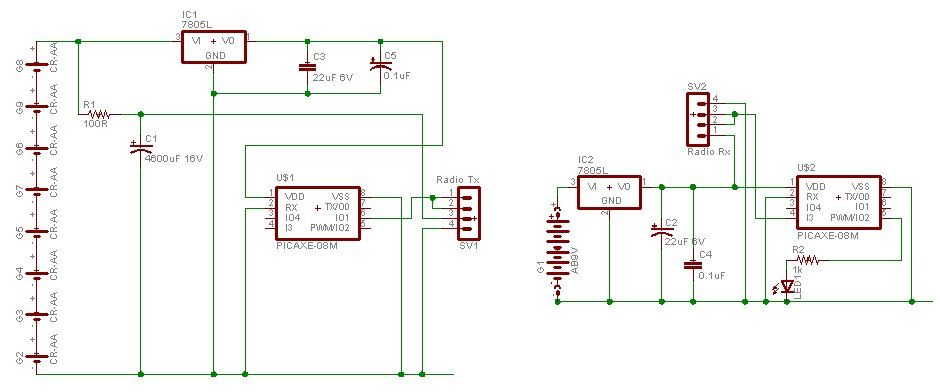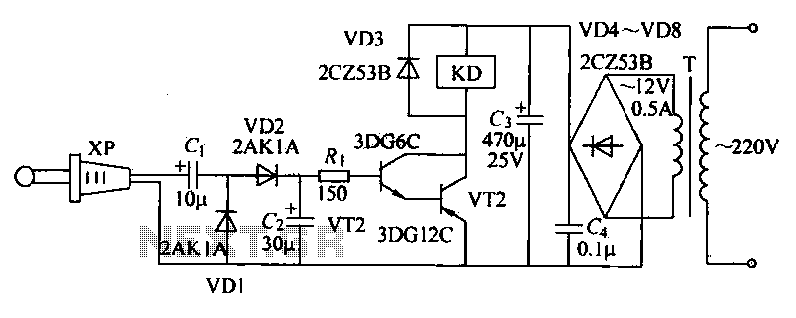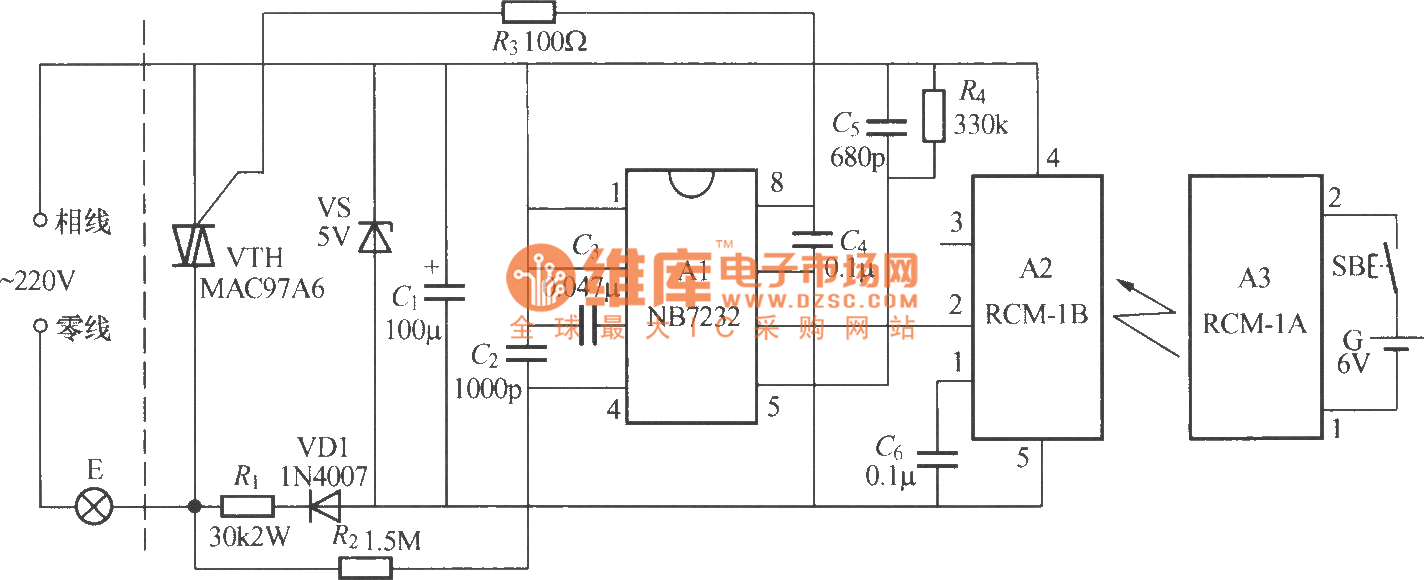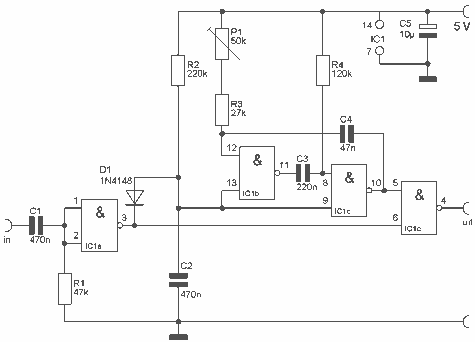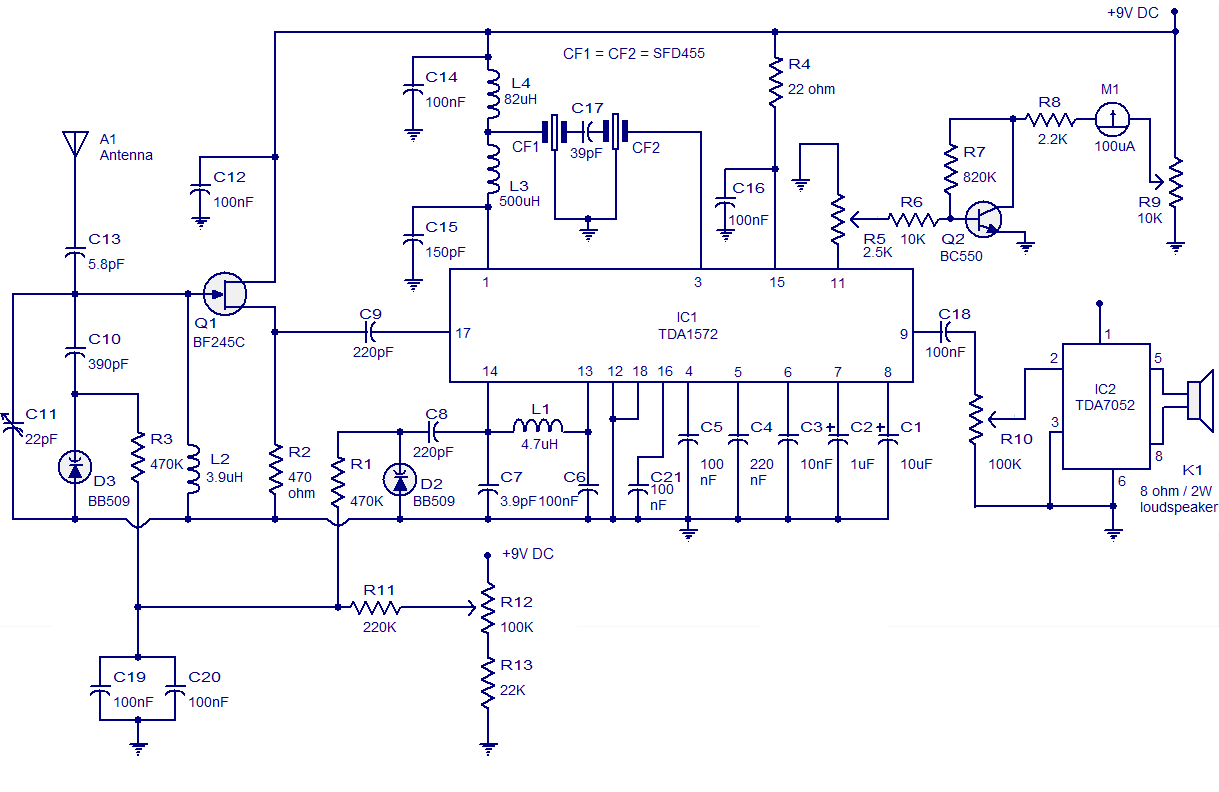
Foxhole Radio tuning
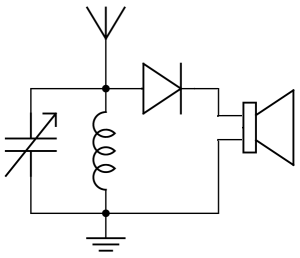
A user is seeking assistance with tuning a radio circuit they are building independently for the first time, outside of a classroom setting.
The process of tuning a radio circuit involves adjusting various components to ensure proper reception of radio signals. Key elements in a typical radio circuit include the antenna, tuning capacitor, variable resistor, and the radio frequency (RF) amplifier.
To begin, the antenna captures the radio waves, converting them into electrical signals. The tuning capacitor is crucial for selecting the desired frequency. By adjusting the capacitance, the resonant frequency of the circuit can be altered, allowing the user to lock onto specific radio stations.
In conjunction with the tuning capacitor, a variable resistor may be used to fine-tune the signal strength and quality. This component can help mitigate noise and enhance the clarity of the audio output.
The RF amplifier plays a vital role in boosting the weak signals received by the antenna, making them strong enough for further processing. Properly configuring this amplifier is essential for achieving optimal performance from the radio circuit.
To successfully tune the radio, the user should ensure that all connections are secure and that the components are functioning correctly. It may be beneficial to consult circuit diagrams specific to the radio model being constructed, as they provide valuable insights into component values and configurations.
In summary, tuning a radio circuit requires careful adjustment of the tuning capacitor and variable resistor, along with ensuring the RF amplifier is properly configured to enhance signal reception and audio clarity.Hello everyone, this is my first post here. I am building my first circuit (outside of class) and am having trouble tuning my radio. What I have: So.. 🔗 External reference
The process of tuning a radio circuit involves adjusting various components to ensure proper reception of radio signals. Key elements in a typical radio circuit include the antenna, tuning capacitor, variable resistor, and the radio frequency (RF) amplifier.
To begin, the antenna captures the radio waves, converting them into electrical signals. The tuning capacitor is crucial for selecting the desired frequency. By adjusting the capacitance, the resonant frequency of the circuit can be altered, allowing the user to lock onto specific radio stations.
In conjunction with the tuning capacitor, a variable resistor may be used to fine-tune the signal strength and quality. This component can help mitigate noise and enhance the clarity of the audio output.
The RF amplifier plays a vital role in boosting the weak signals received by the antenna, making them strong enough for further processing. Properly configuring this amplifier is essential for achieving optimal performance from the radio circuit.
To successfully tune the radio, the user should ensure that all connections are secure and that the components are functioning correctly. It may be beneficial to consult circuit diagrams specific to the radio model being constructed, as they provide valuable insights into component values and configurations.
In summary, tuning a radio circuit requires careful adjustment of the tuning capacitor and variable resistor, along with ensuring the RF amplifier is properly configured to enhance signal reception and audio clarity.Hello everyone, this is my first post here. I am building my first circuit (outside of class) and am having trouble tuning my radio. What I have: So.. 🔗 External reference
